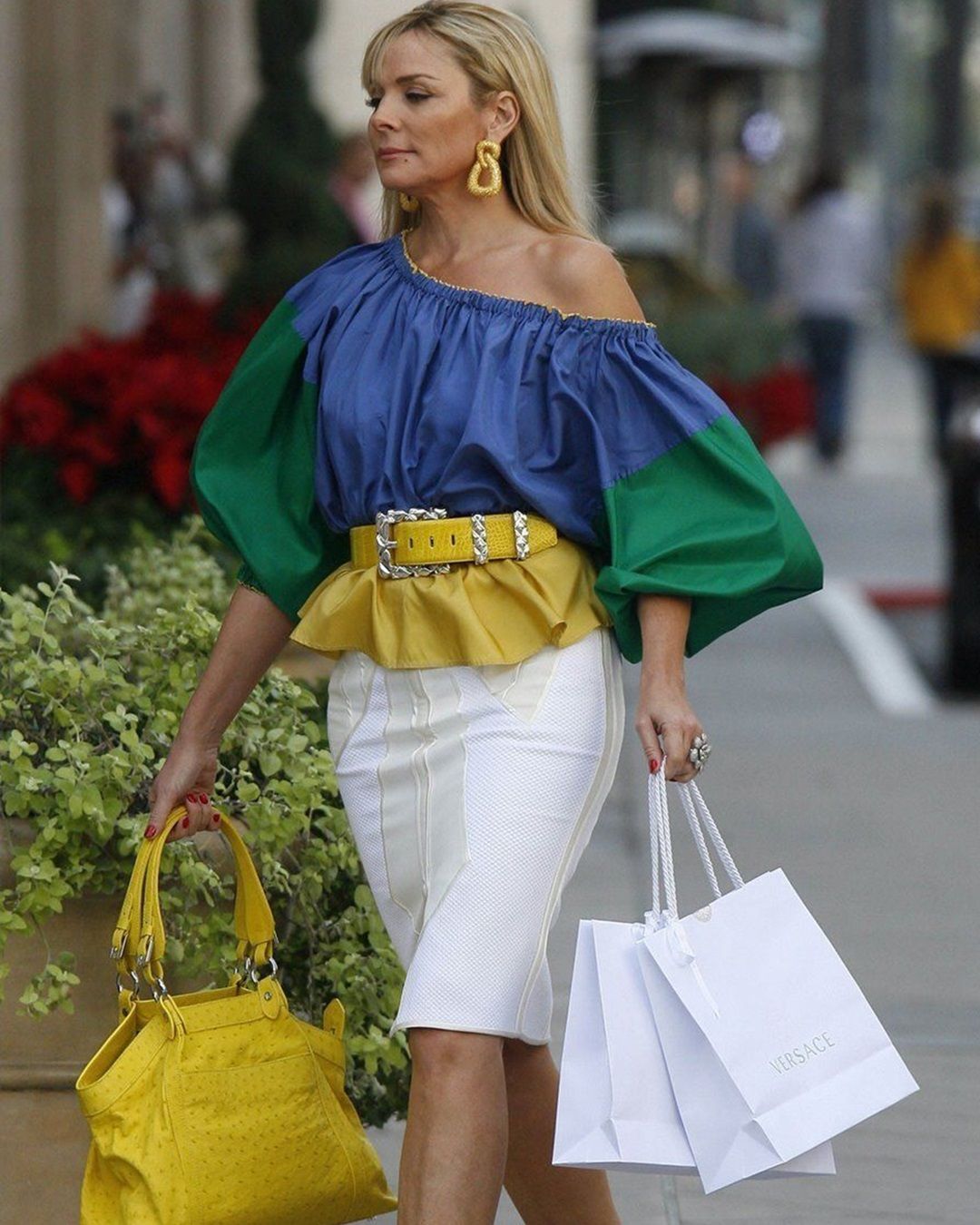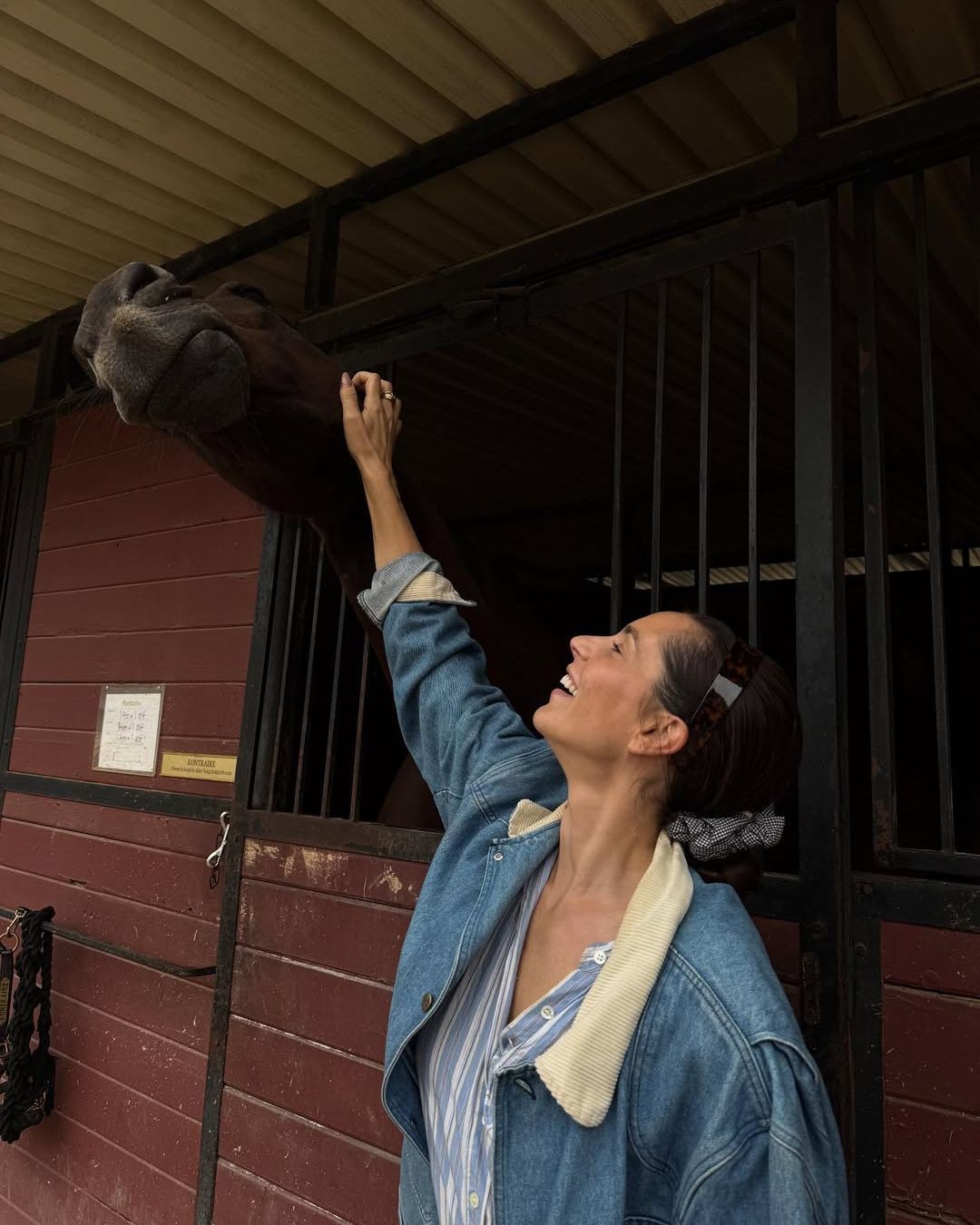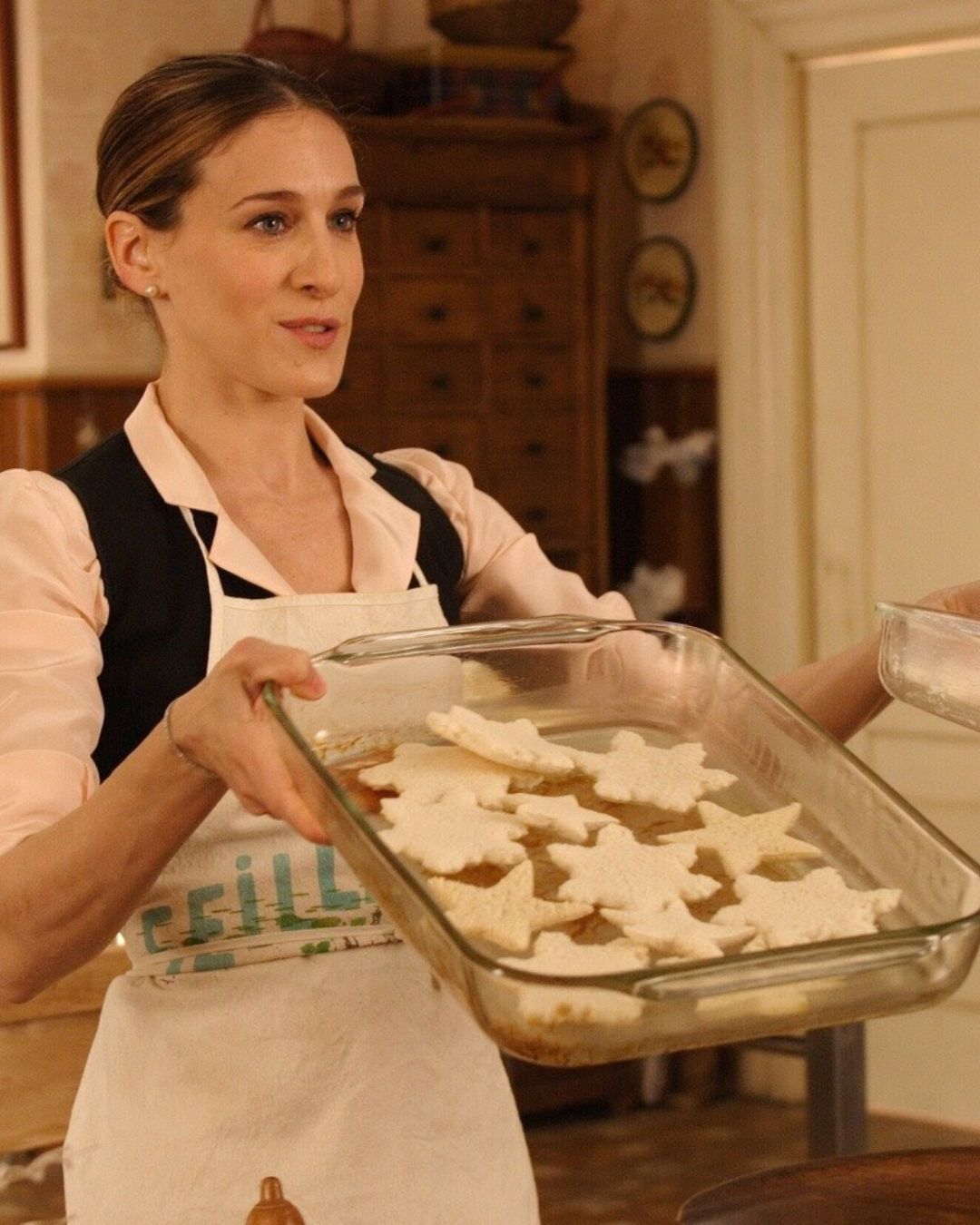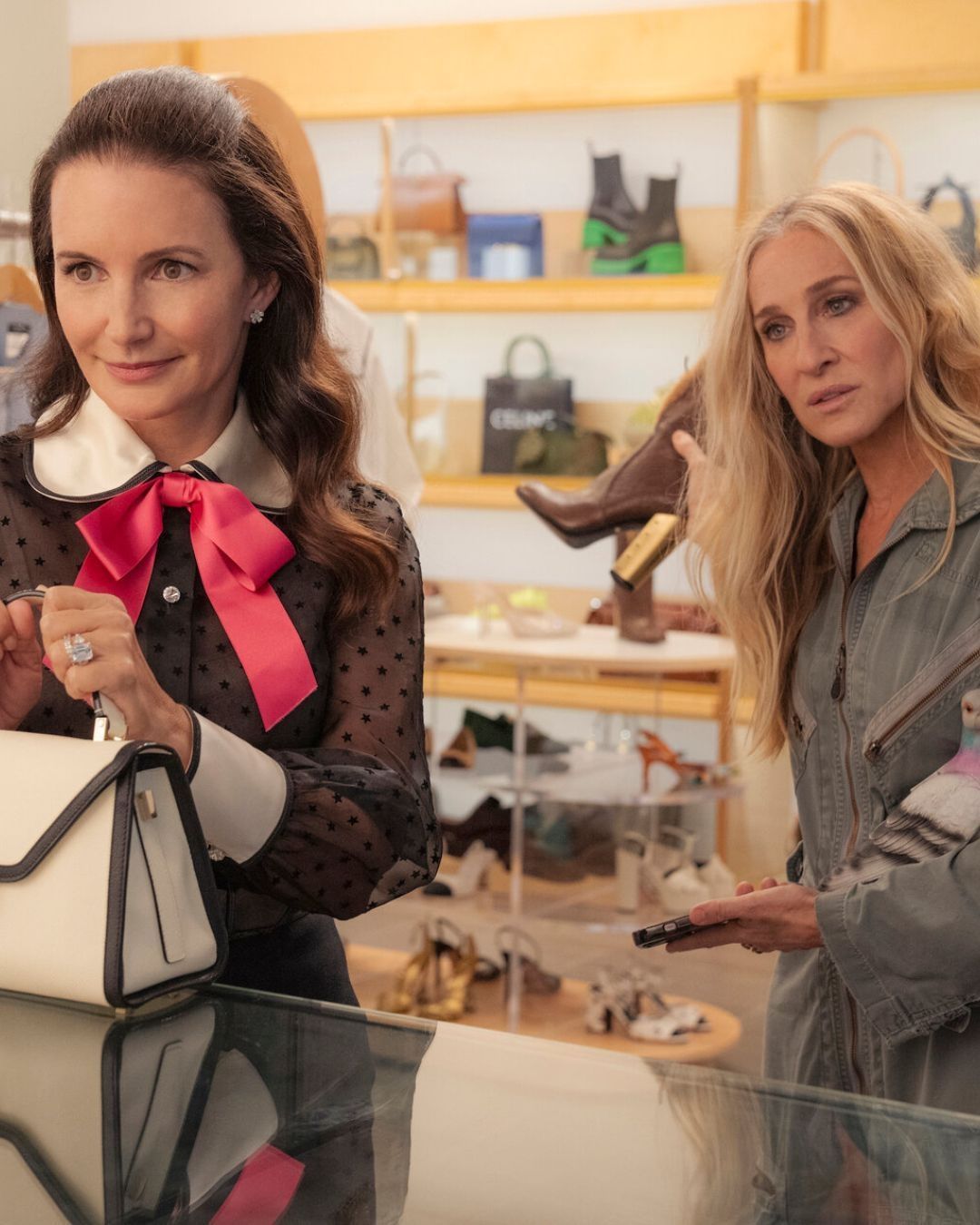
How to recognize whether a garment is real or is fake Small details to check to avoid buying an imitation
You stroll past a flea market on a gloomy autumn afternoon. And there, at a corner stall, badly folded over a pile of clothes, you spot a cardigan from Prada's SS2000 collection. Or you found it on Vinted and paid a ridiculous price for it. Now it's in your hands.Your heart is pounding, you're already imagining possible outfits and congratulating yourself on the deal you just made. But how can you really be sure that you've bought an original and not a fake? Remember that knowledge is power. So if you want to grab a bargain and find a really important vintage or second-hand piece, it can't hurt to study a little fashion history, as a trained eye can definitely help you avoid buying knock-offs. Although specific methods of verification may vary from brand to brand, there are some universal strategies that can be applied to most vintage pieces to identify whether it is a genuine piece or a fake. First of all, it is important to remember that many vintage pieces are characterised by high-quality workmanship. The labels give a rough indication of the decade from which the item comes, as well as the shapes, fabrics, colour combinations, materials and details such as stitching.
@jen_wonders How to spot the fake Vintage designers pieces! A few recommendations #vintage #vintageclotheshaul #beaware #fyp original sound - Jen Wonders
Check the label
The first thing you should look for when trying to identify a vintage garment is the label. Not only the label, which has the brand name on it, but also the size information can give important clues about the authenticity of the garment, such as where and by whom it was made and in what year. Even the condition can confirm its value. When it comes to vintage, the thicker the better. Another piece of advice? Beware of the "one size fits all" that is common in the 1980s and today, but not in earlier eras.
Pay attention to how the label is written and the typography
It sounds trivial, but it's important to check that the brand name (if you know it) is spelled correctly. Not to mention that many clothing brands had specific labels during certain time periods and used different fonts. Celine, for example, no longer has the accent, but even in the 1960s it was rarely used, whereas it was present during the time of Phoebe Philo, the creative director. The fonts also change often, which can be useful to find out the year of the garment. For example, in the 1940s and 1950s, Art Deco fonts were very popular, but a few decades later, manufacturers started using bold, round fonts.
If the garment looks old but says "Made in China" on it, you should leave it alone
Although we are now used to indicating the origin of the garment, it is more common for genuine vintage pieces (especially from big manufacturers) to say "Paris"," "Milan" or "London" because the origin of the brand has been indicated and not the place where the shirt or skirt was produced. So if you read "Made in China"," think twice before buying it.
Check the quality of the materials
Authentic vintage clothing was often made from high quality materials such as silk or wool and sewn with more attention to detail than many modern styles. And almost always, the materials used to make the clothes were 100 per cent pure. If it was wool, for example, the garment was 100 percent wool. It should also be remembered that synthetic materials such as polyester were not used until the middle of the 20th century.
The importance of seams
If the quality of the fabric or stitching is inferior, it may be a sign that the garment is fake. In contrast, unique construction techniques with lots of detail and handmade stitching are a sign of authenticity. This is often true of handbags, where the stitching should be even (but not identical, as they are handmade and not mass-produced) and firm. Hermès leather goods, for example, have double stitching (with two pieces of thread) and the stitching runs across the entire leather.
Check for metal buttons and zip
It is important to pay attention to every detail so that they all match the presumed age of the item. This includes cheap logo stamps, press studs, buttons and zips, which for a quality product must not only be securely fastened and functional, but also made of the correct material. Plastic zips, for example, were only used in the 1960s (metal zips were used before the post-war period), so their presence on a garment that claims to be from the 1950s is a red flag. And if we are metal: The old buttons of yesteryear didn't look like they were made of a cheap alloy, nor were they hollow.
Don't be fooled by the price
If it looks too good to be true, it probably isn't. Sure, you may be kissed by luck and take home a genuine Chanel bag for 100 euros, but it's unfortunately more likely that what looks like a resounding bargain is actually a bitter surprise. At the same time, beware of products whose price is slightly lower or much higher than that offered on the official channels of the brand you are interested in. This is a trick that those who resell counterfeit goods have learned to use to deceive buyers and give them the appearance of authenticity.
Learn more about the vintage and second-hand world in the nss G-Club Vintage Map
























































